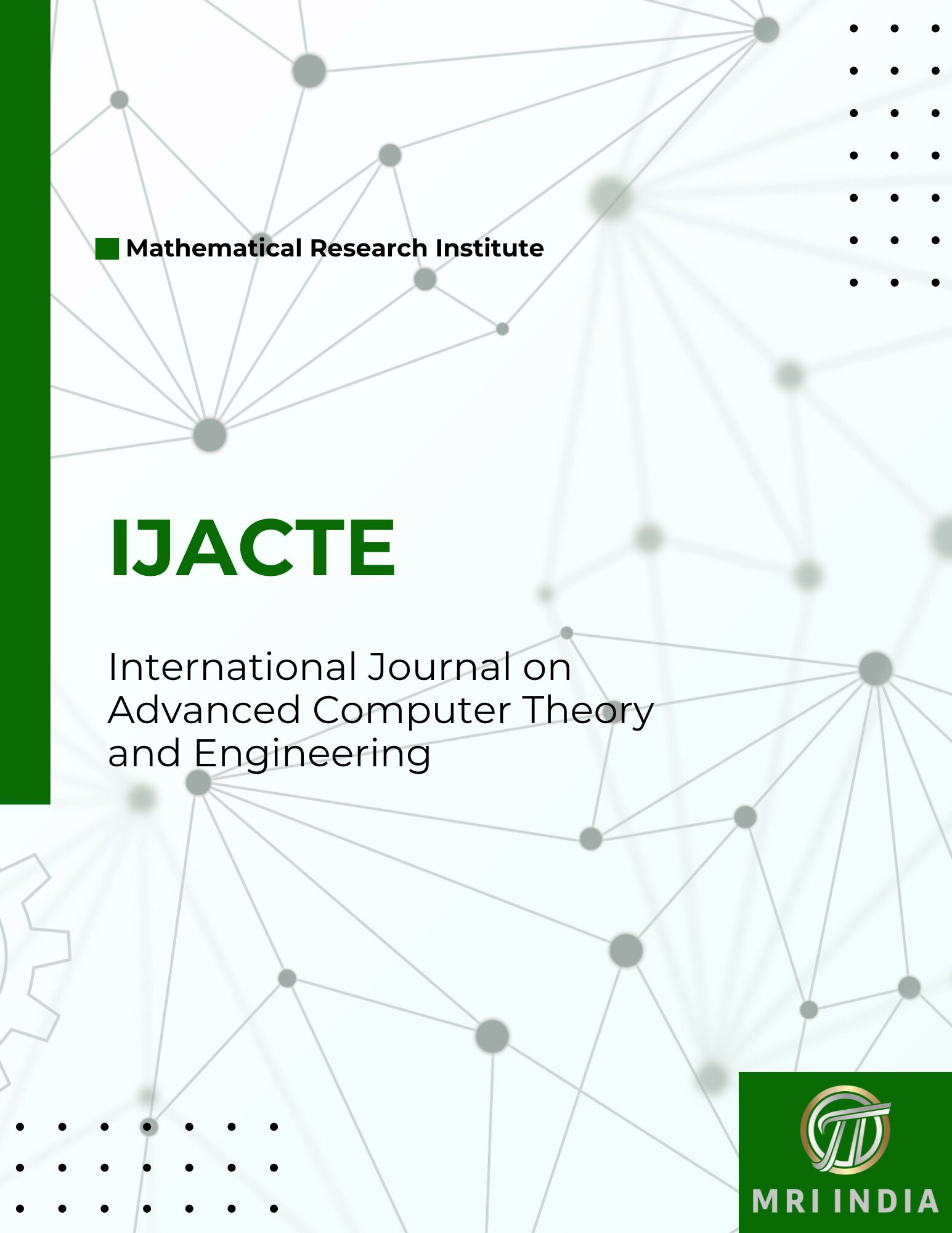Fraud Detection in Banking using ML
Main Article Content
Abstract
Machine learning provides a dynamic and adaptable method of fraud detection by analyzing vast volumes of transactional data, spotting irregularities, and learning from previous fraud incidents. This study looks at how machine learning (ML) methods can be used to identify and stop fraud in the banking industry. Traditional rule-based systems cannot keep up with changing fraud tendencies because of the exponential increase of digital transactions. To ascertain how successfully they detect fraudulent activity, the study also looks at a range of supervised and unsupervised machine learning algorithms, including logistic regression, decision trees, random forests, support vector machines, and clustering techniques. Data asymmetry, feature selection, and real-time detection needs are other difficulties that are addressed in this study. Using state-of-the-art machine learning methods, the initiative aims to improve detection accuracy, reduce false positives, and boost overall banking security. The findings demonstrate that ML-based systems outperform traditional methods by a significant margin, making them essential parts of modern fraud detection systems.
